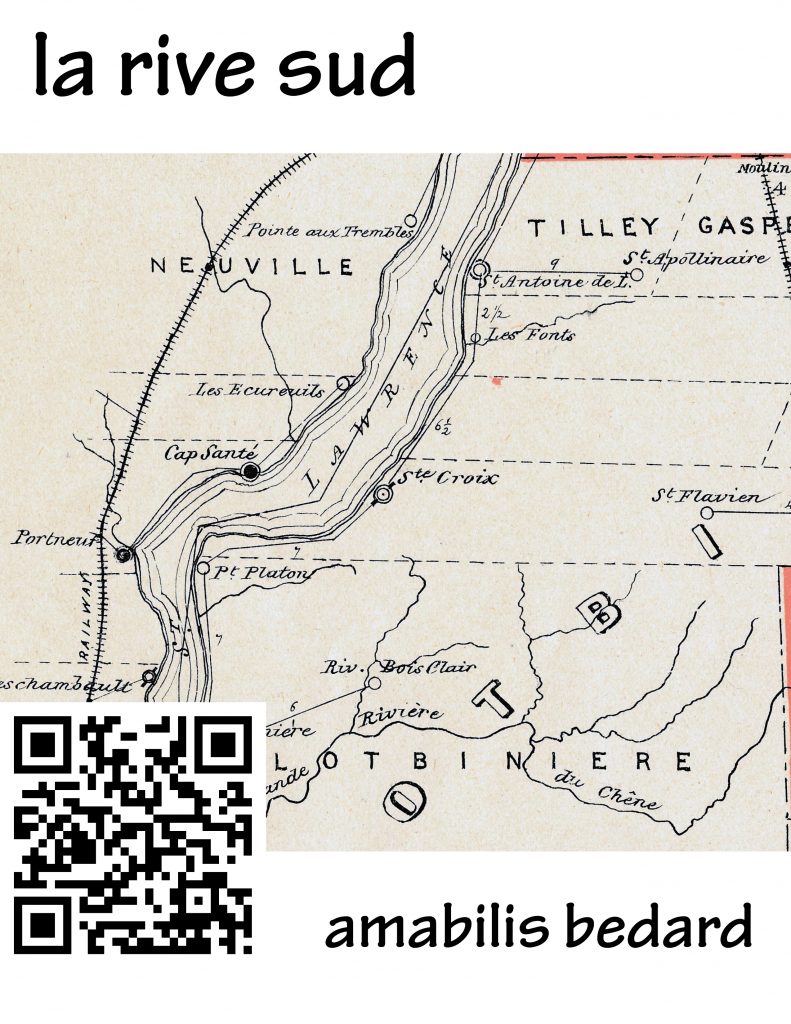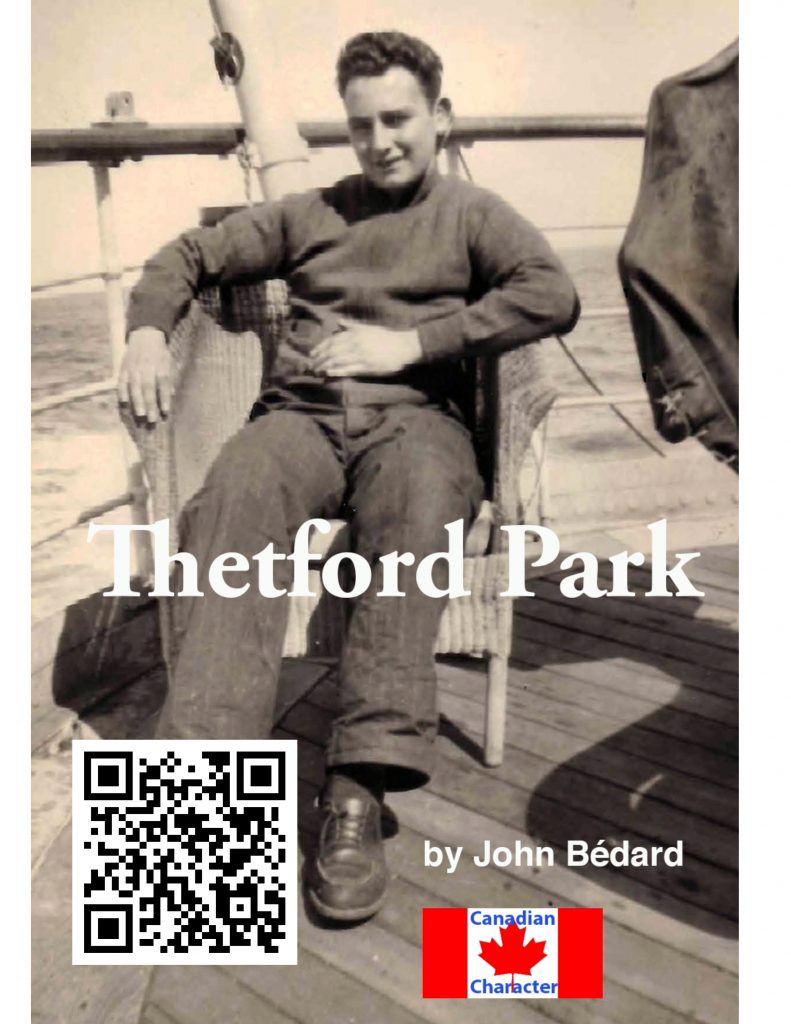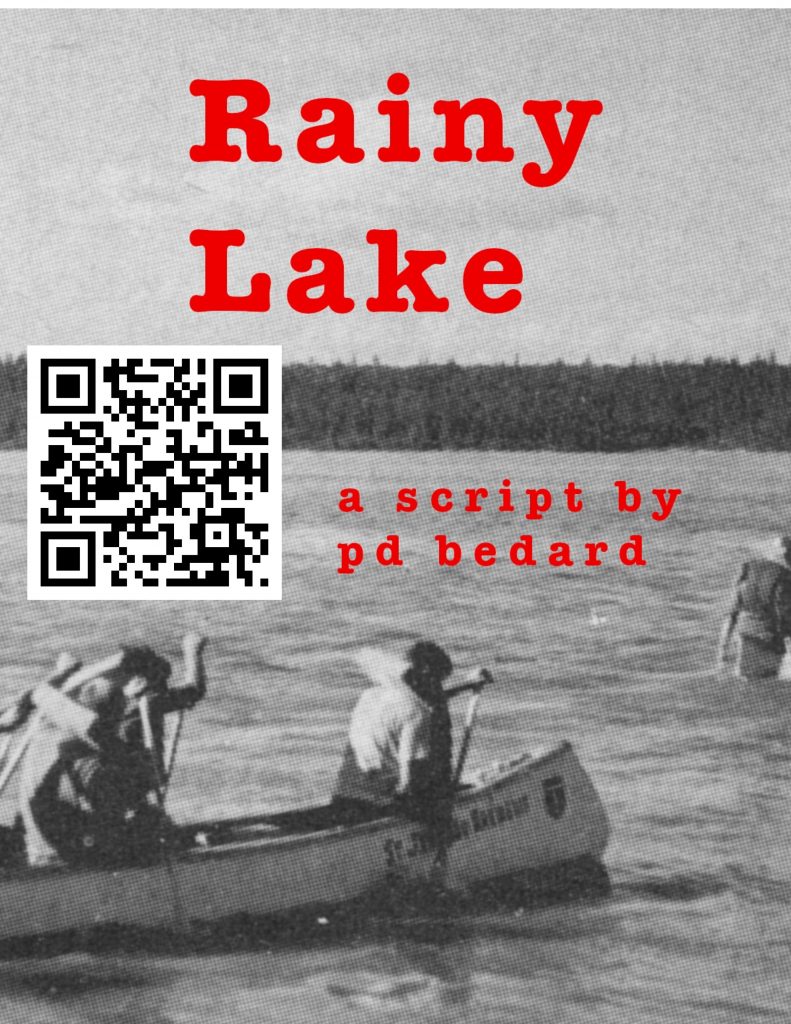
It was the first time I had ever seen winter arrive without snow. As November turned to December during my first term temperatures plunged by the day, but the heavy grey clouds that hurried by overhead chose not to unload so much as a trace of snow. Then one day we awoke to find the river silenced by Jack Frost’s grip. Overnight, the Red had been transformed into a gigantic skating rink
That was okay if you had skates or the skills necessary to build an ice sled and try sailing. But most of us wanted snow so we could christen the enormous wooden toboggan slide the student government had just completed on the riverbank. The masters also wanted snow to ensure a good kick-off in January to the first snowshoe season of the full-time school.
Christmas came and went with little more than a light covering of snow. When we arrived back from the holiday some of us dared to hope that the weekly ordeal the old boys talked about would be called off, or at least postponed. No such luck. Instead of snowshoeing during the Wednesday afternoon practices, we would be walking.
Junior boys would be competing in the 18-mile Thomas Vincent race named after the Anglican missionary who in 1863 snowshoed 1,300 miles from James Bay to Red River and back to be ordained priest.
Intermediates would compete in the 28-mile John Pritchard race named the Hudson Bay Company agent who survived the June 1816 Seven Oaks massacre by the rival Northwest Company and negotiated the safety of the Selkirk Colony settlers.
Senior boys faced the grueling 50-mile Jean-Baptiste Lagimodiere race which bore the name of the French Canadian fur trader who in the winter of 1815-16 snowshoed from Red River to Montreal to warn Lord Selkirk of an impending attack against his four-year-old colony. He was Louis Riel’s grandfather.
But six weeks of training lay ahead before any of us would be ready to race.
“Boys,” said Mr. Wiens loud enough to be heard over the din of lunch-time conversation.
“As you know we will be starting the snowshoeing program this afternoon. Until there’s more snow you won’t actually be snowshoeing. But we expect you will find the practices no less difficult. Whether you’re a junior doing 10 miles or a senior going 20 there will be the temptation to quit.
“Some of you will do everything in your power to cut corners, to find a way out of going. All I can say is don’t.
“In a couple of weeks, we will be appointing the captains and choosing the teams. If your effort is half-hearted you will be letting your team down. You leave the school as a team, and you come home as one. It will be up to the captains to make sure you finish.
“You should also remember that during those times of difficulty you can count on God to be there with you. Don’t be afraid to ask him for help. The answer you get may surprise you.”
That afternoon everyone except the juniors walked en masse along the river road to Netley Creek, a distance of 18 miles return. Mr. Wiens served as captain that day, prodding nearly 40 of us until we finally stumbled through the back door later that evening and collapsed.
I was one of three Grade 7s picked by Kevin Churchill, a Grade 9 student, for his intermediate team. The other two Grade 7s were Ron Churchill and Pat Treacy.
For our first practice, Churchill decided we would take the route to Clandeboye following the roads, a round trip distance of about 20 miles. Churchill was one of the tallest boys in the school and he took the responsibility of being captain seriously.
We set off along River Road in good spirits that crisp January afternoon. The walk seemed more like a recreational outing than an ordeal. Even our slow man, Geoff Hall, was in a frisky mood. He didn’t even complain when he “accidentally” got pushed into the ditch when a car was going by.
Bob Schultz, the school’s answer to the Fonz on the Happy Days, disappeared around the bend, bumper shining before finally letting go. The driver of a truck has slowed to give us the once over.
Treacy, on the other hand, kept to himself. Thanks to the structure and supervision of St. John’s, for the first time he was succeeding academically. He developed unusual self-discipline for a 13-year-old. Previously, because his parents operated a remote fishing lodge, he and his brother Mike had moved from school to school in Winnipeg with mixed results.
It was after Schultz’s escapade that someone suggested it would be pretty easy to hitch a ride. Over the next hour, as the novelty of walking along a gravel road began to wear off, a plan was hatched. It was agreed that the best time to carry it out would be after dark when they were unlikely to be seen. Treacy thought otherwise.
“Come on you guys, forget it,” said Treacy. “We’re supposed to be walking, not taking rides.” He made it pretty clear that he would not be going.
The road from River Road to our destination cut across open farmland with only the occasional house along the five miles. As dusk turned to darkness the lights of the Clandeboye began to twinkle in the distance.
No vehicles had passed since we left the turned-off. That made us all the more aware of one that was now approaching. Its lights casting eight long shadows on the road ahead. When it was finally beside us it stopped, and a voice called out.
“Where are you going?” a man inquired.
“Clandeboye,” someone replied.
“Hop on and I’ll give you a ride,” he offered. Without much hesitation, we were scrambling over the tailgate of a grain truck and ducking under a tarp. “Everybody on?” the driver hollered.
“Yup,” we shouted without stopping to count. We knew we should have.
“Treacy, are you here?” asked Churchill. Silence.
No one dared to stop the truck. When we reached Clandeboye we hopped out and headed for the store, hoping no one would figure out what had happened, particularly a master. It was nearly 45 minutes before Treacy arrived.
“Enjoy your walk,” one boy joked. But nobody else said much. Members of another team accompanied by a master had arrived at the store just before and they’d seen Treacy come in alone. So, it wasn’t long before the story was out. And by the end of the day, most of the masters including Mr. Byfield had heard about the incident.
When it came to spelling out the objectives of the school Mr. Byfield and Mr. Wiens worked like a boxing tag team. One day Mr. Wiens would hit you with a jab designed to make you fear the physical consequences. The next day Mr. Byfield would catch you with a left hook intended to haunt your conscience.
Treacy had provided Mr. Byfield with a glorious opportunity to discuss one of the school’s most important messages about life. At the morning service the next day we were tipped off to the fact that something was up because Mr. Byfield was leading the prayers, not the duty master.
When the prayers ended Mr. Byfield stepped into the middle of the dining room and began to pace up and down, his eyes on the floor, his hands tucked firmly down the back of pants with only his thumbs showing. His natural sense of drama and suspense was being used to great advantage.
“There is in our midst,” he began, “an individual who did something quite remarkable yesterday. When given the choice between making an easy decision and a difficult one, he chose the difficult one.”
“This individual chose not to take a ride while the rest of his team did. The temptation to take the easy way out will be very great during snowshoe practices but in the long run you’re only hurting yourselves. You still have to run the race at the end of the season.
“In life, you’ll find there will be many times when you’ll have to make difficult decisions. They will almost always be the right ones.
“In making the easy ones you will usually be letting someone down, your wife, your family, your boss, or perhaps a friend. And somewhere along the line one of those decisions will hurt someone, even cost a life.
“If you happen to be an airplane mechanic or a nuclear power plant technician the consequences could be horrific. Nobody wants that hanging over them.
“If you learn anything at St. John’s we hope it will be that life isn’t easier by making the easy choices.”
He never did mention Treacy by name. He didn’t need to. Half the school knew what happened. There would be no punishment but we were not happy about the public embarrassment.
A week later there was a big snowfall and out came the snowshoes. For the rest of the season, the closest we came to a road was while crossing one on our way over to another field. And there was no more talk of taking rides.
Richard de Candole has been working in British Columbia and Alberta as a reporter and editor for over 40 years. Toughest School in North America is about his five years as a student at St. John’s Cathedral Boys’ School in Selkirk, Manitoba from 1962 to 1968. Richard lives with his wife Wendy in Qualicum Beach, British Columbia.
bedard.com is serializing Toughest School in North America for your reading pleasure. I hope you enjoy it as much as I do. If you’d like to preorder a copy of the book, leave a reply below. All replies are moderated.






I’m going to start commenting generally here instead of facebook. One thing which really strikes me is how the same stories and lore repeat year after year. I think snowshoe stories are like that. Every Manitoba boy knows what I mean when I say “Clandeboye Run” – then never disappearing grain elevator out in the distance.
I was walking my dogs last week in Stayner Ontario and every day we walk for 2.5km, about a mile. Towards the end there is a stretch along the abandoned railway line and with the -25F temperature and a slight wind chill and some drifting snow as my feet crunched in the snow and the dogs breath froze on their faces, I was transported to snowshoeing along the railway tracks from Petersfield to Calandeboye
I go back to that place in my head often. Something I’ve never totally dealt with was almost dying on the tracks to Matlock. It did give me tremendous perspective about the dangers of falling asleep, even if that’s the thing you want most in life (or death). Oddly, I didn’t find it that terrifying, rather placid, not a panic nor care in the world. Luckily, Vidricaire and Rizzuto didn’t let me sleep, and I sit here almost 50 years later, typing.